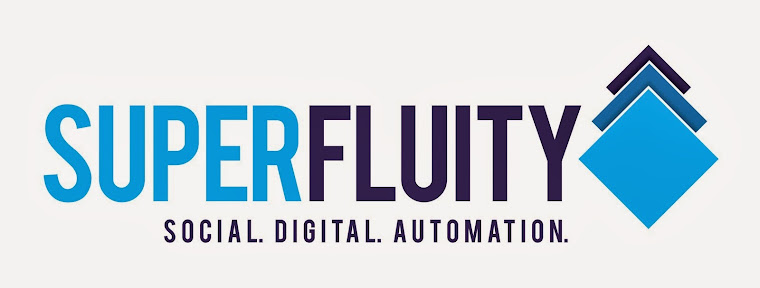As digital and social content marketing evangelists, we were intrigued by the new Samsung Galaxy Note TV advert (which you can see below) as it is, on the face of it, a baby step towards content marketing:
Many brands (especially tech and comms brands) have already woken up to the fact that their TV adverts (or more accurately their traditional interruption marketing messages) now need to incorporate multi-channel, multi-touch and viral elements to help tie their actual adverts into their social media engagement, for example. With the huge adoption of marketing automation and the fact that content marketing has rapidly replaced traditional marketing in the digital space; it seems that smart brands like Samsung are now happy to explore creating adverts like the one above.
So what's the difference between this advert and others? The advert at least attempts to be more "contenty" by focussing on a message centred around educating and helping their audience by providing engaging information about a subject - a subject which isn't overtly about the product itself and which they very much don't focus on.
Of course, that's just a not so subtle vehicle to showcase their product in an interesting context but essentially that's what good content marketing is all about - combining content with context. Problem is that as brave (or cynical) as it is, the creators of "old media" will always try and pass-off marketing content as content marketing - they just can't help themselves. Interruption marketing is still interruption marketing and always will be because no-one will ever switch on the adverts to try and learn something or overcome a challenge they have. In the omni-channel, post-Google landscape we don't believe that TV advertising (and other forms of traditional marketing) can ever recover from what has been a huge paradigm shift in buying behaviour. What is important to note though is that by even attempting to use some of the concepts of content marketing in adverts like this, the producers of it are, at the very least, tacitly recognising the threat that content marketing presents to them (and endorsing it as a contemporary technique).
Interested to see more examples of what we'll now christen "content driven interruption marketing" (clearly a contradiction in terms) so please use the comments below to suggest any that you think fit the bill.




